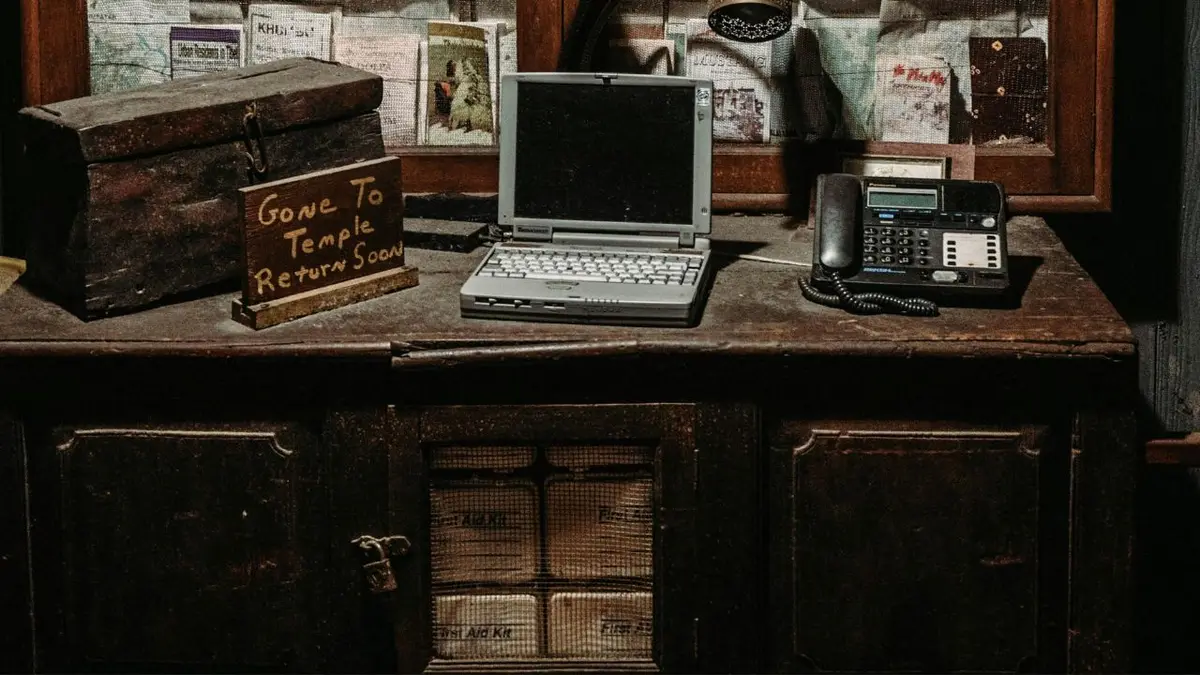Let’s face it—new gadgets are expensive. But before you toss that sluggish laptop or aging desktop, consider this: a few strategic hardware upgrades can turn your legacy device into a surprisingly capable machine. Here’s how to do it yourself, without breaking the bank.
Why Upgrade Instead of Replace?
Well, for starters, it’s cheaper. Like way cheaper. A new SSD or extra RAM might cost you $50–$100, while a new laptop could set you back $500+. Plus, fewer e-waste guilt trips. Win-win.
Essential Upgrades for Almost Any Legacy Device
1. Swap That Spinning Hard Drive for an SSD
If you do one thing, make it this. Replacing an old HDD with a solid-state drive (SSD) is like swapping a bicycle for a sports car. Boot times drop from minutes to seconds, and apps launch instantly. Even a budget SATA SSD works wonders.
Pro tip: Clone your old drive using free tools like Macrium Reflect or Clonezilla to avoid reinstalling everything.
2. Add More RAM (If You Can)
Modern software eats RAM for breakfast. Upgrading from 4GB to 8GB (or more) lets you multitask without your computer gasping for air. Check your device’s max supported RAM first—some older machines hit a ceiling.
Watch out: Laptops often have soldered RAM, meaning you’re stuck with what you’ve got. Desktops? Usually easier.
3. Replace the Battery (For Laptops)
A new battery can turn a “plug-in-or-die” laptop into a portable device again. Third-party batteries are cheaper than OEM ones—just read reviews to avoid duds.
Niche Upgrades for the Adventurous
4. CPU Swaps (Desktop Only)
This one’s tricky but doable if your motherboard supports a better processor. Scour eBay for compatible used CPUs—sometimes you’ll find a gem for under $50.
5. External GPU for Gaming (Yes, Really)
Got a laptop with a Thunderbolt 3 port? An eGPU enclosure lets you add a desktop graphics card. Not exactly cheap, but way less than a gaming rig.
Tools You’ll Need
No fancy toolkit required. Basics include:
- A Phillips-head screwdriver (size #0 or #1)
- An anti-static wrist strap (optional but smart)
- A spudger or plastic pry tool for laptops
- Patience. So much patience.
Common Pitfalls to Avoid
Upgrading isn’t always smooth sailing. Here’s what trips people up:
- Compatibility issues: Not all SSDs/RAM sticks play nice with older hardware. Check forums first.
- Overheating: A more powerful CPU might need better cooling.
- Voiding warranties: Some manufacturers seal devices with “warranty void if removed” stickers. (Though these are legally dubious in many places.)
When to Call It Quits
Sometimes, the juice isn’t worth the squeeze. If your device:
- Uses DDR2 RAM (ancient by today’s standards)
- Lacks SATA ports for an SSD
- Runs a 32-bit OS (limits RAM to 4GB)
…it might be time to let go. But hey, at least you tried.
Final Thought: Tech Doesn’t Have to Be Disposable
In a world obsessed with the next big thing, keeping old hardware alive feels almost rebellious. Sure, it won’t match a brand-new machine—but with the right upgrades, it might just surprise you.

